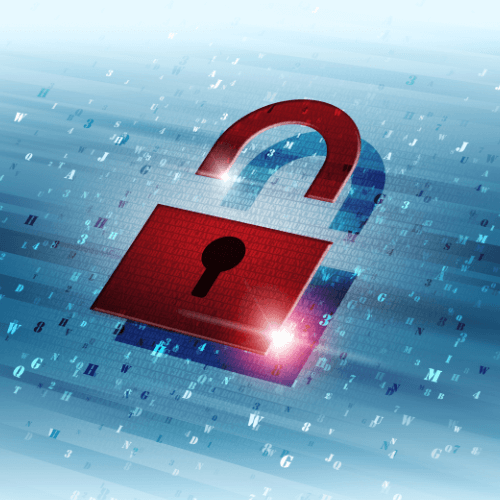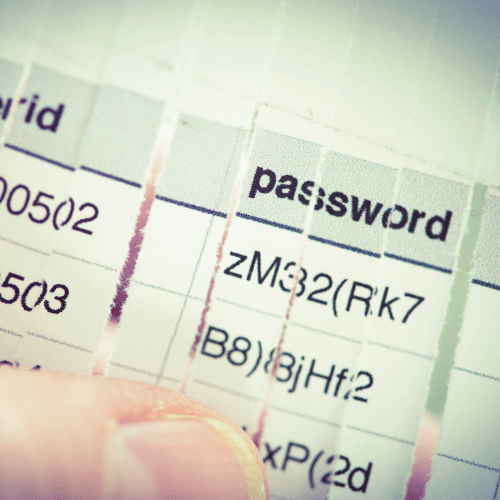-
Internet securityPassword ManagersPrivacy
-
Business softwareBusiness CommunicationProductivityMarketing & SalesAccounting & Payroll
-
DIYSecurityPhoto & VideoSoftwareSelf-improvement
-
Education
- Latest articles

-
Internet security
Password ManagersPrivacy
-
Business software
Business CommunicationProductivityMarketing & SalesAccounting & Payroll
-
DIY
SecurityPhoto & VideoSoftwareSelf-improvement
- Education
- Latest articles
Search
 István F.
István F.
 Adam B.
Adam B.
 2017 isn’t over yet but cyberbreaches are already approaching last year’s level, where
2017 isn’t over yet but cyberbreaches are already approaching last year’s level, where 







User feedback